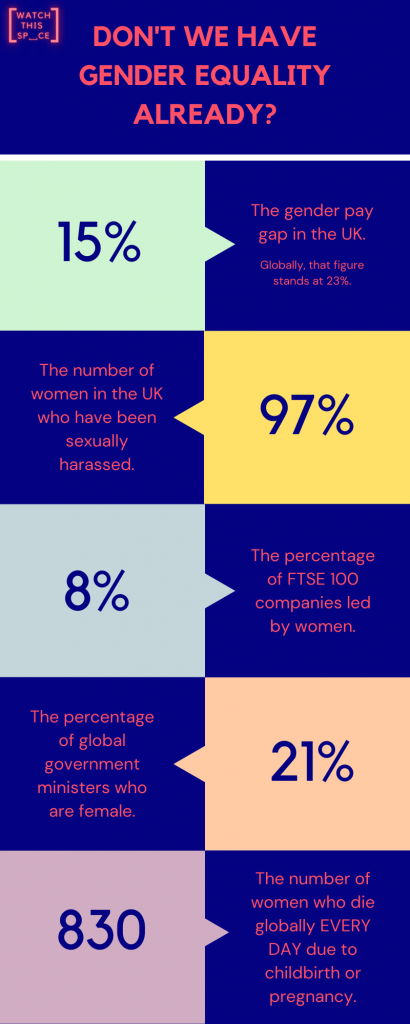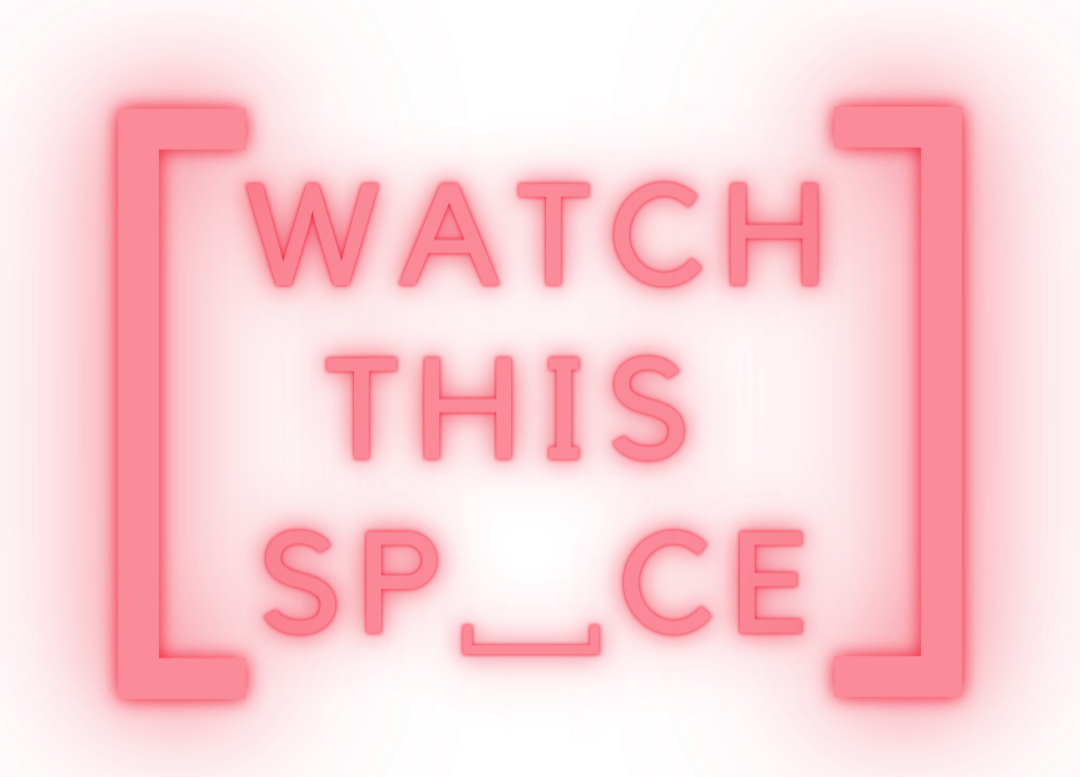Why International Women’s Day?
The very first International Women’s Day was observed back in 1911 in Austria, Denmark, Germany and Switzerland. It was a protest to demand voting rights, the right to hold public office and an end to employment sex discrimination. The rest of the world didn’t get involved until 1975, when the United Nations took up the banner.
The point of it all when it first started was a protest movement. It was designed to raise awareness of discrimination and inequality, and to demand change.
Fast-forward to now. The women of ITV all got together wearing pink, Ikea have created a card game, Interflora have made some pretty graphics with their flowers, and more brands than you can shake a stick at are using it as an opportunity to sell you stuff by promising to donate some money to women’s charities (for this one day, maybe week, maybe even a month a year). It’s not exactly inspiring, is it?
Here’s why we do still need an International Women’s Day:
- The gender pay gap in the UK is 15% – globally, it is 23%
- 1 in 3 women worldwide have been victims of abuse
- 97% of women in the UK have been sexually harassed
- 54,000 women lose their jobs in the UK every year because of maternity discrimination
- Research into health and technology is flawed because of gender biases that lead to poor outcomes for women
- Only 35% of UK MPs are female, and globally only 21% of government ministers are female
- Only 10 countries have female heads of state and 13 have female heads of government
- Only 8 of the UK’s top 100 companies have female CEOs, and 27 have female executives
- Female-led start-ups receive just 2% of venture capital funding
- 303,000 women each year – 830 each day – die globally in childbirth or due to pregnancy complications
When it comes to equality, we’ve got some work to do.
What is being done?
Once marketers got hold of International Women’s Day, there was always going to be trouble. Every brand around the world is keen to be seen to be doing something, and there’s a hashtag to jump on and everything. That leads to a range of blogs showcasing female staff members, social media posts with empty feminist messages, and logos turning pink. (Excuse me while I vomit.)
International Women’s Day has become an opportunity for brands to hide their worst behaviours. By thrusting their few female staff members in front of the camera for a timely photo opportunity (before shoving them back into the cupboard where they usually leave them to be ignored) and sharing someone else’s memes, they’re making a big show of a commitment to equality that they don’t actually posses. It’s a chance to hide their gender gap and poor treatment of female and gender non-conforming staff behind a lot of marketing glitter. It’s basically handing them a picture frame, complete with a lovely photo of Michelle Obama, to cover over the giant crack in the wall.
What’s missing is some accountability from these organisations. If you’re all over the #IWD2022 hashtag, where are your goods to back it up?
What needs to happen?
We need to refuse to accept lip-service from brands about these causes. From International Women’s Day to Pride to Black History Month, and every other awareness campaign that companies get their fingers all over, we need to demand real action. If you see a brand posting about a cause, ask them what they’re actually doing in their work and within their teams to support it.
If you’re a business keen to get involved, put aside the marketing metrics for a second, and think about what real world impact you’re going to have. Sure, you could post a meme, but what will that do? What can you actually do for gender equality? What’s within your power to influence? Start by looking at your own gender gaps and what you can do to address them. 10% pay rise for all your female employees to help close your pay gap, you say? That would make some far more impressive marketing content than that strong woman cartoon you were planning on sharing.
Maybe you can’t do much right this second – maybe you have a lot of work to do. That’s ok, almost everyone does. But acknowledging that and committing to tackling it, however gradually and incrementally, will have a much more positive impact on your business and a more positive impression on your audience.
If you are a woman in business, particularly one in a position of power, this is a good time to reflect on how you can support other women. Could you offer to be a mentor for another woman who is earlier on her journey? Could you amplify other women in your organisation or other female business owners? Could you vote with your wallet and choose to buy from or engage more female-led businesses?
Above all else, stop treating International Women’s Day – and all awareness days – as marketing opportunities. Stop posting style without substance. If you don’t have anything meaningful to say… reflect on why, and share what you’ve learned and your tangible outcomes.
Unless you’re a female-owned business or an organisation with an incredible story of building gender equality, this day is not about you. It’s a time for you to get out of the way and give the women inside your organisation and wider community the chance to speak. Then to follow up on what they had to say.

